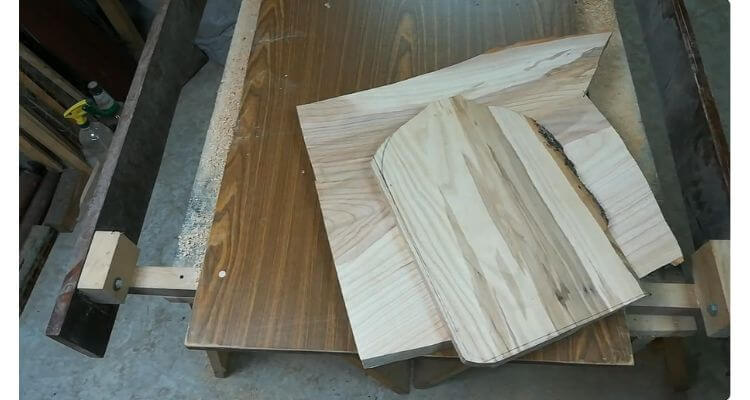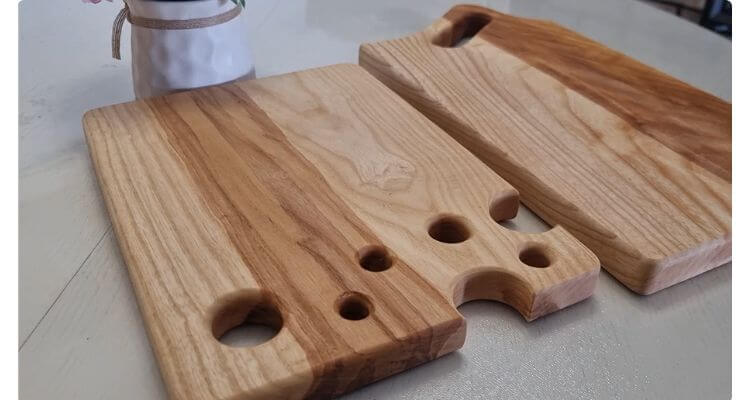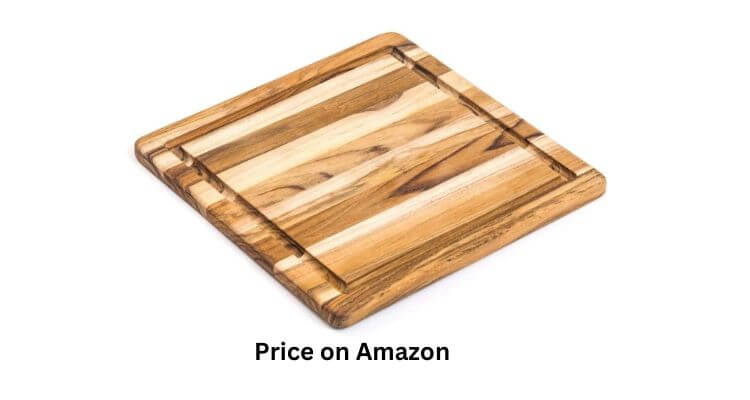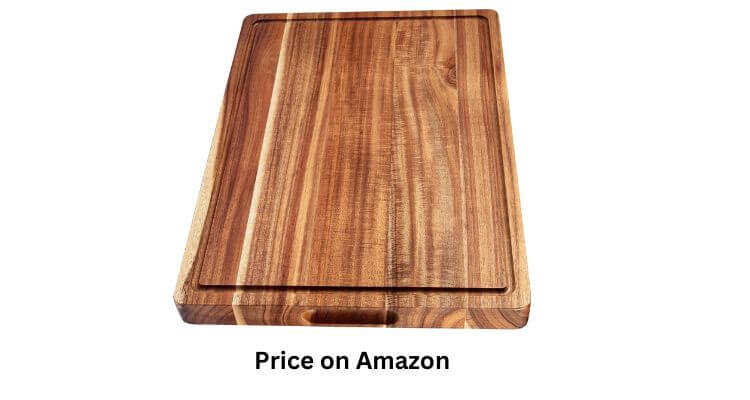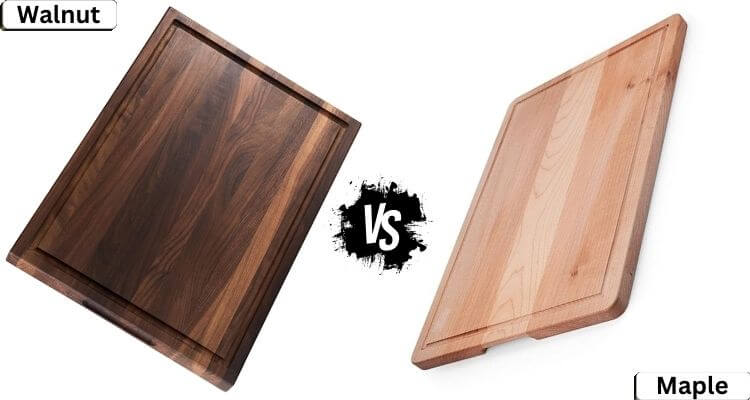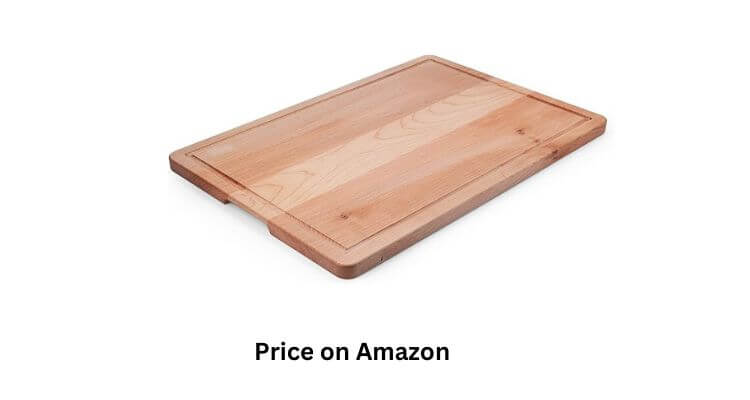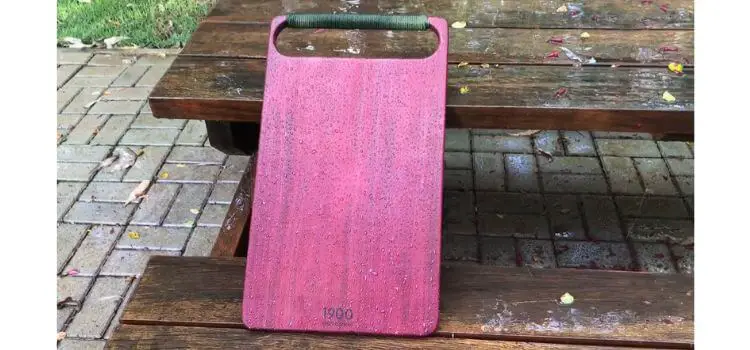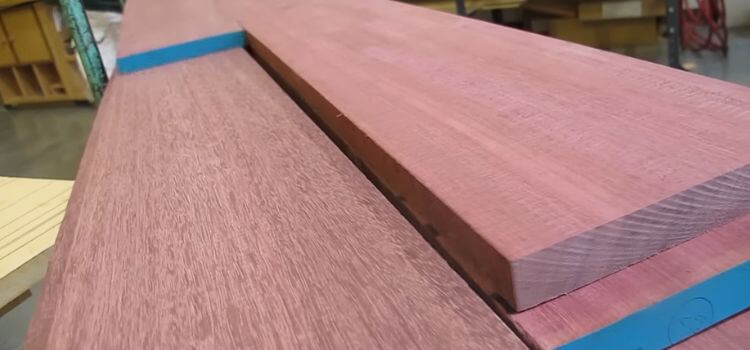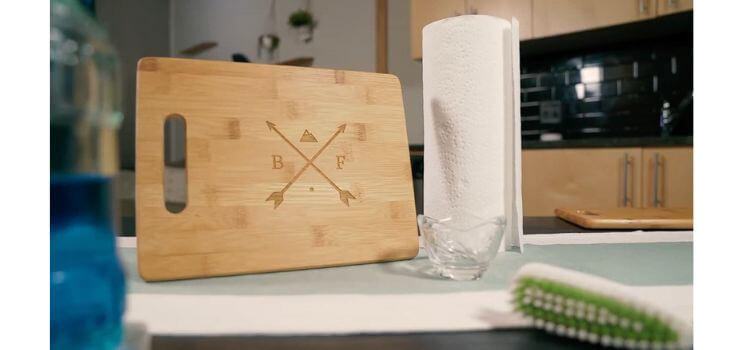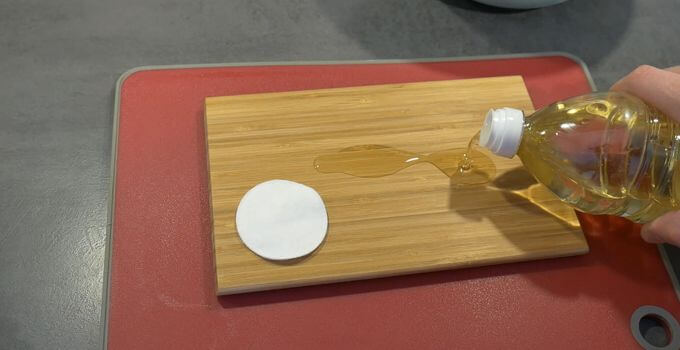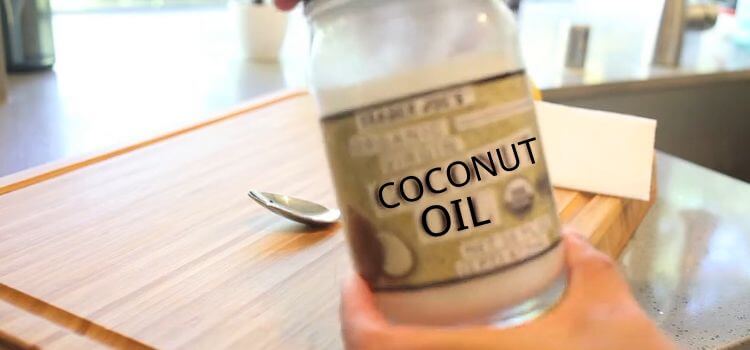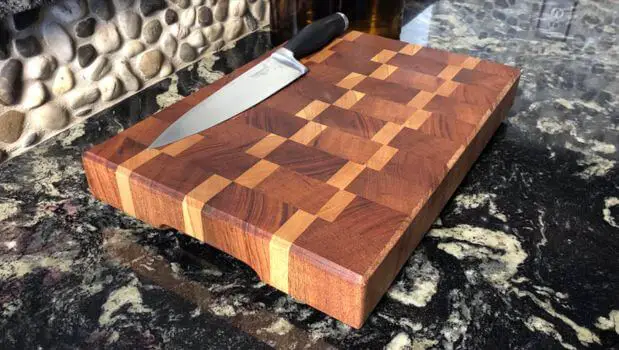
When it comes to choosing a cutting board, the material matters just as much as the size and shape. If you’ve ever stood in the kitchen aisle of a store, staring at a row of wooden cutting boards, you might have asked yourself: “Is mahogany good for cutting boards?” It’s a fair question, considering the variety of woods available today.
Mahogany is known for its rich, reddish-brown color and smooth texture, making it a popular choice for furniture and flooring. But what about cutting boards?
Let’s dive deep into the world of mahogany to see if this wood can stand the test of kitchen demands.
What Makes a Good Cutting Board?
Before we delve into the specifics of mahogany, it’s essential to understand what makes a good cutting board. The ideal cutting board should be durable, gentle on knives, and safe for food preparation. It should also resist warping and splitting, which can happen over time with exposure to water and constant knife usage. Other factors to consider are the wood’s hardness, grain structure, and porosity.
Hardness and Durability
A cutting board that’s too hard can dull your knives quickly. Conversely, a board that’s too soft can get damaged easily. You need something in the middle—a Goldilocks wood, if you will. This balance is often measured using the Janka hardness scale, which indicates how resistant a wood is to wear and tear.
Grain Structure and Porosity
A tighter grain structure is less likely to harbor bacteria and is easier to clean. Woods that are too porous can absorb moisture and bacteria, which isn’t ideal for a surface that comes into contact with food.
The Characteristics of Mahogany
Mahogany is often celebrated for its aesthetic appeal. Its rich, dark color and smooth texture make it a favorite for high-end furniture and musical instruments. But does this beauty translate into functionality in the kitchen? Let’s break down the characteristics of mahogany in the context of cutting boards.
Hardness
Mahogany is considered a medium-hard wood, with a Janka hardness rating of around 800-900. This means it’s not as hard as maple or walnut, but it’s harder than softer woods like pine or cedar. Its medium hardness makes it a decent choice for cutting boards, as it won’t dull your knives too quickly, but it may not withstand heavy, daily use over a long period.
Grain Structure
Mahogany has a straight, uniform grain that makes it relatively easy to clean. Its smooth surface is less likely to trap food particles and bacteria, which is a significant advantage. However, its grain can be more open than other hardwoods, meaning it might absorb more moisture if not properly sealed.
Porosity
Mahogany is a somewhat porous wood. This can be a double-edged sword: on one hand, it can absorb the flavors of the foods you’re cutting, which could be a good or bad thing depending on your culinary preferences. On the other hand, its porosity means it’s more susceptible to water damage and warping if not properly maintained.
Pros of Using Mahogany for Cutting Boards
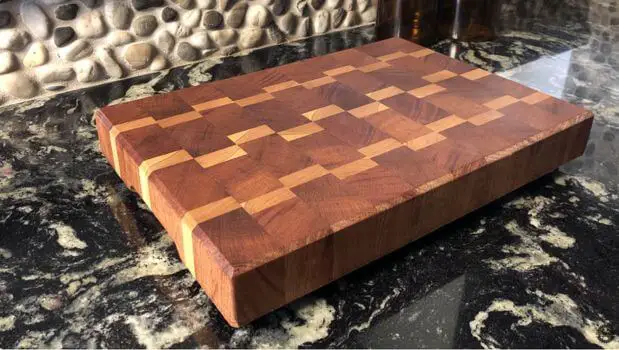
So, what are the benefits of using a mahogany cutting board? Let’s explore.
Aesthetic Appeal
Let’s face it: mahogany is a stunning wood. Its deep, rich color can add a touch of elegance to your kitchen. If you’re someone who loves the look of a beautifully crafted wooden cutting board, mahogany might be calling your name.
Smooth Surface
Mahogany’s smooth, even grain makes it a pleasure to work with. Chopping and slicing on a mahogany board feels effortless, and the smooth surface is gentle on your knives.
Moderate Hardness
While not the hardest wood available, mahogany offers a good balance of hardness and softness. It’s gentle on your knives, reducing the risk of dulling them too quickly, and it can handle most cutting tasks with ease.
Resistance to Bacterial Growth
When properly sealed, mahogany’s grain structure can help resist bacterial growth. This makes it a safer choice compared to other, more porous woods.
Cons of Using Mahogany for Cutting Boards
Of course, no material is perfect. Here are some drawbacks to consider before choosing mahogany for your cutting board.
Maintenance Requirements
Mahogany cutting boards require regular oiling and conditioning to maintain their appearance and functionality. Because of its porosity, it’s more susceptible to water damage, so keeping it well-oiled is crucial.
Potential for Warping
If not properly cared for, mahogany cutting boards can warp over time. This is especially true if they’re exposed to too much moisture. Regular maintenance and proper drying after use are essential.
Not as Durable as Harder Woods
While mahogany’s medium hardness is generally good for knife care, it might not hold up as well as harder woods like maple or walnut under heavy use. If you’re a professional chef or someone who cooks daily, you might find that a harder wood better suits your needs.
Price
Mahogany can be more expensive than other hardwoods. While it’s not as costly as some exotic woods, it’s still a significant investment, especially if you’re looking for a large, high-quality board.
Comparing Mahogany with Other Woods
Let’s see how mahogany stacks up against some of the most popular cutting board materials.
Mahogany vs. Maple
Maple is a go-to option for cutting boards, and there’s a solid reason for its popularity. It’s harder than mahogany, with a Janka rating of about 1450, making it more durable for heavy use. Maple is also less porous, which means it’s less likely to harbor bacteria. However, mahogany wins in the aesthetics department with its rich color and elegant appearance.
Mahogany vs. Walnut
Walnut is another popular choice, known for its dark color and fine grain. It’s similar to mahogany in terms of hardness, with a Janka rating of about 1010. Both woods require regular maintenance, but walnut’s tighter grain structure gives it an edge in terms of durability and resistance to bacteria.
Mahogany vs. Bamboo
Bamboo is not technically a wood, but it’s often used for cutting boards. It’s incredibly hard and durable, but this hardness can be tough on your knives. Bamboo is also more sustainable and affordable. While mahogany has a luxurious appearance, bamboo is a more practical choice for everyday use.
Caring for a Mahogany Cutting Board
If you decide to go with a mahogany cutting board, taking good care of it will extend its lifespan and keep it looking beautiful. Here are some tips for maintaining your mahogany cutting board:
Regular Oiling
Mahogany cutting boards should be oiled regularly to keep the wood hydrated and prevent it from drying out and cracking. Use a food-grade mineral oil or a specialized cutting board oil for best results.
Avoid Excess Moisture
Never soak your mahogany cutting board in water. Instead, wash it with mild soap and warm water, and then dry it thoroughly. Stand it up to dry completely to prevent warping.
Use a Cutting Board Conditioner
In addition to regular oiling, consider using a cutting board conditioner that contains beeswax. This will create a protective barrier on the surface of the wood, helping to repel water and prevent staining.
Store Properly
Store your mahogany cutting board in a dry, well-ventilated area. Avoid storing it in a damp or humid environment, as this can cause the wood to warp or develop mold.
Final Thoughts
So, is mahogany good for cutting boards? The answer is yes, but there are a few things to keep in mind. If you’re looking for a cutting board that’s as beautiful as it is functional, and you don’t mind putting in a little extra care, mahogany can be a great choice. Its moderate hardness, smooth surface, and rich color make it a standout piece in any kitchen.
However, if you’re looking for a low-maintenance, heavy-duty board for daily use, you might want to consider a harder, less porous wood like maple or walnut.
Ultimately, the best cutting board for you depends on your personal preferences and how you plan to use it. Whether you choose mahogany or another material, taking good care of your cutting board will ensure it serves you well for years to come.
FAQs
Is mahogany safe for food use?
Yes, mahogany is safe for food use as long as it’s properly sealed and maintained. Regular oiling helps create a barrier that prevents bacteria from penetrating the wood.
How often should I oil my mahogany cutting board?
It’s recommended to oil your mahogany cutting board once a month or whenever the wood appears dry. Regular oiling helps prevent cracking and warping.
Can I use mahogany cutting boards for heavy chopping?
While mahogany is durable enough for most kitchen tasks, it may not withstand heavy, daily chopping as well as harder woods like maple or walnut.
How do I prevent my mahogany cutting board from warping?
To prevent warping, thoroughly dry your cutting board after washing and store it in a cool, airy place. Avoid exposing it to sudden changes in temperature.
Can mahogany cutting boards be used for serving?
Definitely! The deep hue and sleek surface of mahogany make it a perfect option for presenting cheese, charcuterie, or appetizers. Just remember to clean it thoroughly after serving.
Related Post
Cutting Board Wax vs Oil: Which is Better for Your Cutting Board?
Is Ash Wood Good for Cutting Boards? Pros and Cons for Kitchen Use
Is Purple Heart Good for Cutting Boards
